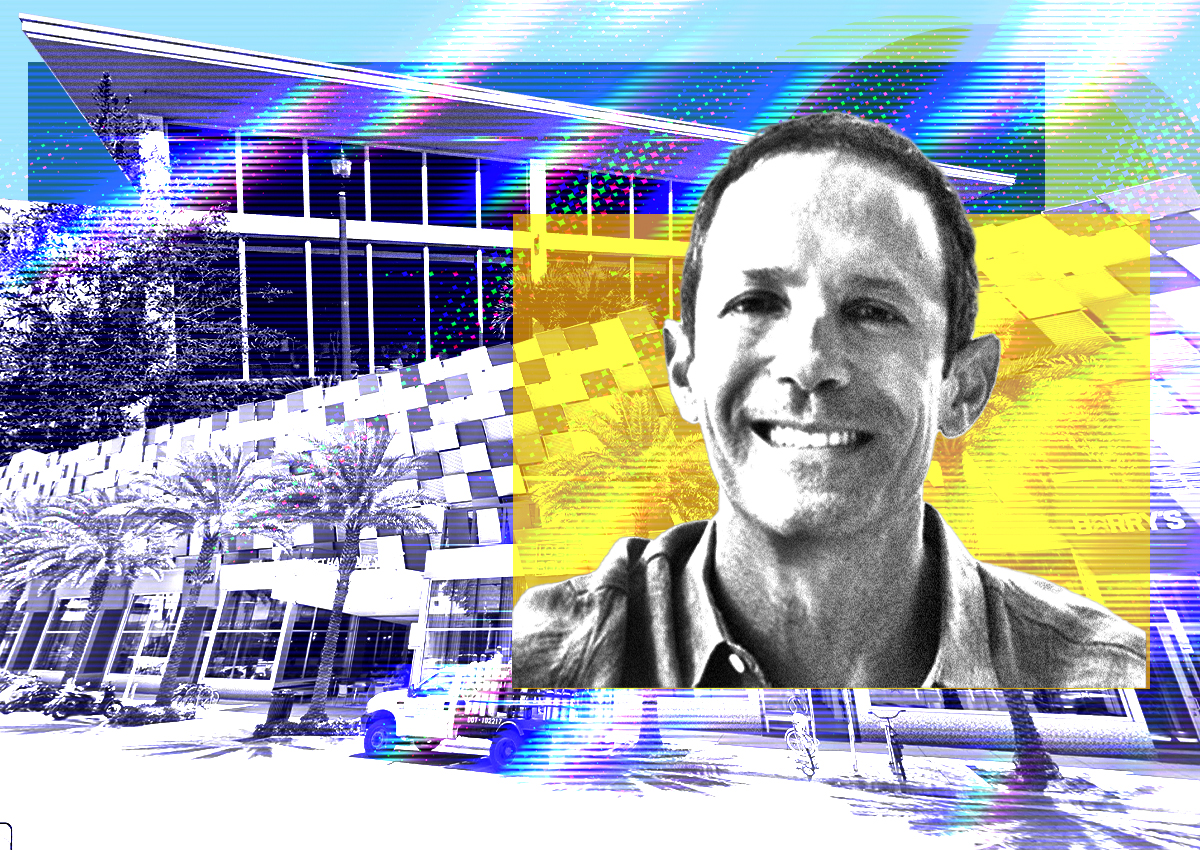
The Bay Area’s life sciences market is starting to slow after a fiery post-pandemic boom, according to a new report trans west.
Rising interest rates and economic uncertainty have caught up with the market, moderating “previously unsustainable levels.” The vacancy rate rose 2 percentage points from the fourth quarter to 8.2%, the highest level since the pandemic began. Average rents fell 22% from the previous quarter to $4.10 per square foot. The report said the economic slowdown had dampened market demand and capital investment.
“The main reason is the decline in venture capital funding,” said Transwestern’s George Entis. “High inflation and the consequent rise in interest rates lead to higher funding costs and greater economic uncertainty. These forces are particularly strongly concentrated on all unprofitable and unprofitable companies, causing them to not only conserve cash on hand , but also to cut expenses, product innovation and the overall expansion of the market.”
Despite the slowdown in venture capital investment, $1.6 billion was still injected in the first quarter. Additionally, VC investment totaled $9.5 billion last year from the first quarter of 2022 to the same quarter this year. That’s on par with levels from 2018 to 2019, the report said.
“The market has weathered the shock and is returning to more understandable levels, so business momentum will return to the sector in a more sustainable manner,” Entis said.
Rising vacancy rates can also be attributed to the development boom in 2022. As of the most recent quarter, nearly 5.2 million square feet of life sciences space was under construction in the Bay Area, up nearly 55 percent from a year ago and the second-highest level on record.
The largest leases in the first quarter were Alexza Pharmaceuticals’ 63,000-square-foot lease in Fremont and Lygos’ 49,000-square-foot lease in Hayward.
Despite the slowdown in activity, the life sciences market is expected to perform strongly after a return to normalcy.
“The market is recalibrating from unbalanced supply and demand fundamentals,” Entis said. “Sound economic decisions and more informed/longer-term financial analysis are likely to be more prevalent. Long-term demand for lab space remains and this will keep the industry in demand.”







